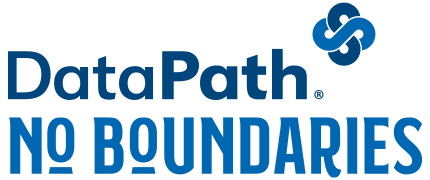
Lifestyle Spending Accounts (LSAs) have been used successfully in other countries for some time now but are relatively new to the U.S. Here are answers to commonly asked questions about this very flexible benefits option.
What is a Lifestyle Spending Account?
LSAs are employer-funded accounts that employees can use to pay for products, services, and activities that support employee well-being. Qualified expenses may involve physical, mental/emotional, or financial health.
Because LSAs do not provide tax advantages, there are few rules or restrictions. That makes them an incredibly versatile and attractive benefits option.
Who owns an LSA account?
Like Flexible Spending Accounts, the sponsoring employer owns the Lifestyle Spending Account. Upon job separation, the account and any remaining funds return to the employer.
Does an LSA have a contribution limit?
Employers are not restricted to an annual limit. In 2022, Mercer reported that the typical annual employer LSA contribution was between $500 to $2,000 per employee. Mercer suggests that LSAs funded at $250 or less don’t provide much value as a benefit option, and funding of $3,500 or more is usually restricted to supporting high-cost expenses like starting a family.
What can I buy with my LSA funds?
Many employers find LSAs attractive because they offer such eligible-expense freedom. Employers need to avoid Section 223 expenses to avoid triggering ERISA. However, beyond that, there are few restrictions or considerations. Commonly eligible expenses include physical fitness, non-traditional healthcare, education, remote working, financial literacy, household management, and more. Here are some examples.
- Mental and emotional health – Marital counseling, meditation apps, yoga classes, travel, entertainment, etc.
- Financial literacy – Personal financial management classes, budgeting assistance tools, etc.
- Physical fitness – Recreational sports fees, gym memberships, personal training fees, athletic gear, etc.
- Education, home, household – Skill-building classes, hobbies, home office expenses, food delivery services, etc.
Are unspent funds available next year?
That depends. Employers can include a “use it or lose it” provision or set LSA unspent funds to roll over annually.
When can I enroll in an LSA?
Most LSA accounts are set up to begin and end on the same timeline as other benefit accounts, However, there is no regulation that requires this. LSAs can start and end at any point during the calendar year.
How does an LSA work?
Once the employer decides to offer an LSA, initial decisions include the following:
- Parameters – Setting a program budget and choosing the eligible expenses/categories.
- Funding frequency – Determining whether to fund employee accounts per pay period, monthly, quarterly, or annually.
- Debit card – Deciding whether to offer a debit card (with receipts required after the purchase) or to require manual claims with documentation before reimbursement.
With quality employees so difficult to attract and retain, LSAs provide an important tool for employers in today’s labor market. Their flexibility makes them ideal for helping employers support widely diverse workforces by building a program to address the needs and interests of employees with very different generational and cultural influences.
For 40 years, DataPath has been a pivotal force in the employee benefits, financial services, and insurance industries. The company’s flagship DataPath Summit platform offers an integrated solution for managing CDH, HSA, Well-Being, COBRA, and Billing. Through its partnership with Accelergent Growth Solutions, DataPath also offers expert BPO services, automation, outsourced customer service, and award-winning marketing services.

